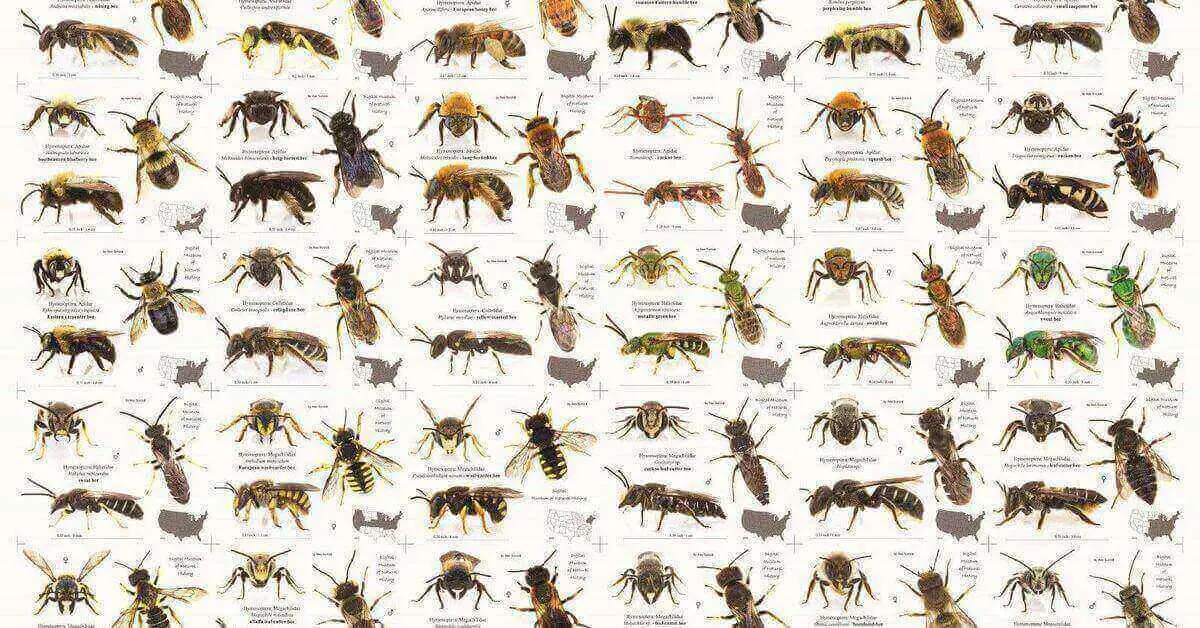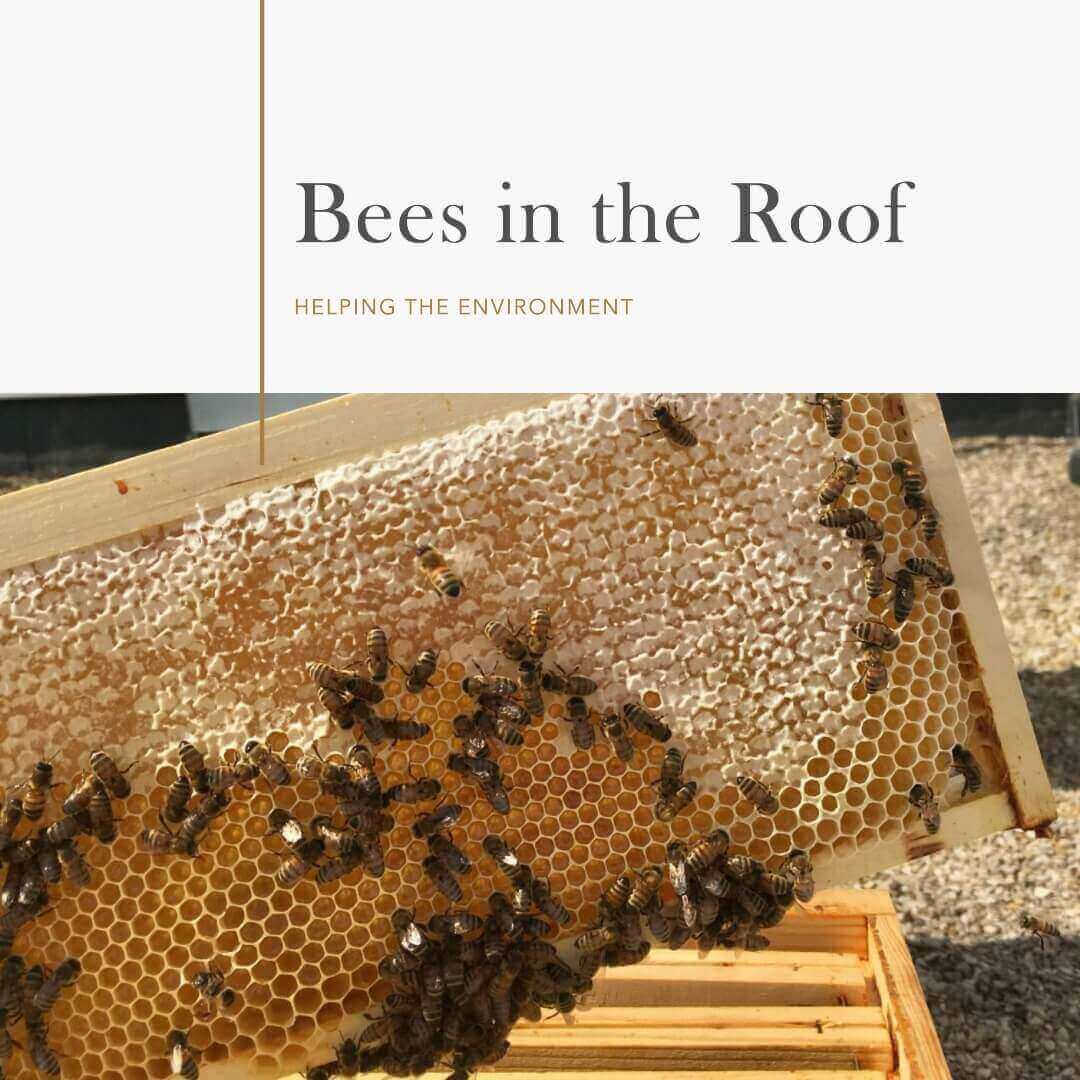Ceylalictus punjabensis is a unique bee species found in the region of Punjab, known for its remarkable habits and important role in honey production. In this article, we will explore various aspects of this intriguing species, including its habits, honey-making ability, nests, behavior, and other relevant information.
Interesting Facts About Ceylalictus punjabensis
Taxonomy and Classification
Ceylalictus belongs to the genus Ceylalictus and is classified under the species punjabensis. This classification helps identify and categorize the species for scientific and research purposes.
Habitat and Distribution
Ceylalictus punjabensis is predominantly found in the natural habitats of Punjab. Its distribution extends across various regions within this area, including specific ecological zones and floral landscapes.
Physical Characteristics of Ceylalictus Punjabensis
The physical characteristics of Ceylalictus punjabensis are worth exploring. These bees exhibit a distinct appearance, with specific features that differentiate them from other bee species. Their body size, coloration, and unique traits make them easily recognizable.
Nesting Behavior
Nest construction is a vital aspect of Ceylalictus punjabensis’ behavior. These bees exhibit specific preferences when it comes to selecting nest locations and constructing their homes. Understanding their nesting behavior sheds light on their survival strategies.
Foraging Habits
Ceylalictus punjabensis is known for its foraging habits. These bees have well-defined food sources and employ specific techniques while searching for nectar and pollen. Exploring their foraging habits provides valuable insights into their role as pollinators.
Honey Making Ability
Among the notable abilities of Ceylalictus bee is its contribution to honey production. These bees actively participate in the process of honey-making, playing a crucial role in the overall ecosystem and benefiting both the species and surrounding flora.
Reproduction and Life Cycle
Understanding the reproduction and life cycle of Ceylalictu punjabensis is essential for gaining comprehensive knowledge about this bee species. From mating behaviors to egg-laying and development, each stage offers intriguing insights into their life history.
Behavior and Communication
Bees, including Ceylalictus bee, exhibit fascinating behavior and communication methods within their colonies. These social insects display intricate interactions and employ various communication techniques to coordinate their activities effectively.
Related Articles:
Ecological Significance
Ceylalictu punjabensis holds significant ecological importance within its natural habitat. Its presence contributes to the balance of the ecosystem, promoting biodiversity and supporting the reproductive success of various plant species.
Interactions with Humans
The Ceylalictus may have interactions or significance for humans, such as its role in pollination and honey production. Exploring these interactions can shed light on the mutual benefits that humans and these bees derive from their relationship.
Conclusion
Ceylalictus punjabensis is a fascinating bee species that plays a vital role in the ecosystem and honey production. Its habits, honey-making ability, nests, behavior, and other characteristics make it an intriguing subject of study and a valuable contributor to its natural environment.




